People love capturing a moment with a camera. Not only in photographs, catching a moment and recording it into a video is also a trend.
So, to record a perfect video, a camera must require adequate video capabilities. It includes a perfect video recording format, an adequate optical stabilizer, special effects, a perfect sensor with various modes, and other features.
Nikon D3500 and Canon M50 are the best examples. Both have similar image stabilization with a CMOS sensor, but there are a few differences regarding video capabilities. In the blog, you’ll learn the comparison between these two cameras in video capabilities.
Nikon D3500 and Canon M50 were both launched in 2018 by their parental organizations. Both cameras are made with built-in and detachable flash features. However, their maximum resolutions and special effects make them different from each other.
What is the Nikon D3500?
Nikon Corporation launched the D3500 model in August 2018. It is a DX-format DSLR camera with a crop sensor feature. It is configured with a CMOS sensor. You can click a picture with a resolution of 24.2 MP.
The camera has an optical image stabilizer with 6,400 ISO light sensitivity. It not only benefits the user during photography but also during a video shoot.
It has both built-in and detachable flash that lets the photographer capture any moment in any light condition. The range of ISO sensitivity in Nikon D3500 is around 100 to 25,600.
Product Highlights
Height: 9.7 cm
Width: 12.4 cm
Depth: 6.95 cm
Sensor Type: CMOS
Sensor Size: Crop Sensor
Image Stabilizer: Optical
Display Resolution: 921,000 pixels
Minimum Focus Distance: 25 cm.
Image recording Format: JPEG, RAW, and NEF
Digital Video Format: AVI, MJPEG, MPEG, MOV, and H.264
What is the Canon M50?
Canon Incorporations launched the Canon M50 (also known as EOS M50) in February 2018. It is configured with a crop sensor. A photographer can capture a moment with a resolution of 24.1 MP. It has 3 steps of auto exposure bracketing with 100% field coverage features. Canon M50 has a built-in and detachable flash with several flash modes, like auto mode, flash-off mode, fill-in mode, etc. You can capture a video in 1080p and 4K format with this camera. Its optical image stabilizer guides the user to capture any moment in any light conditions. The sensors of Canon M50 have two features: a self-cleaning sensor unit and an integrated cleaning system.
Product Highlights
Height: 8.81 cm
Width: 11.63 cm
Depth: 5.87 cm
Sensor Type: CMOS
Sensor Size: Crop Sensor
Image Stabilizer: Optical
Display Resolution: 1,040,000 pixels
Minimum Focus Distance: 25 cm
Image recording Format: RAW and JPEG
Digital Video Format: H.264
Nikon D3500 vs Canon M50: In Video Capabilities
Nikon D3500 and Canon M50 both have almost similar resolutions when it comes to clicking a picture (24.2 MP and 24.1 MP). However, they have a huge difference when it comes to video capabilities.
The maximum display resolution of the Nikon D3500 is 921,000, but for Canon M50, it’s more than a million. The filter size of the Canon M50 is shorter than the Nikon D3500. It influenced the video format of the devices. Both have an optical image stabilizer that benefits the user to capture videos in any light condition.
Nikon D3500 has several digital video formats, which include AVI, MJPEG, MPEG, MOV, and H.264. It guides the user to edit the video at a quick time. Meanwhile, Canon M50 has only one digital video format, which is H.264. However, when it comes to video recording, you can record 1080p and 4K videos with the Canon M50. For Nikon D3500, you cannot record video more than 1080p.
Their different resolutions are the reason for it. The ISO sensitivity in Nikon is around 100 to 25,600. Canon M50 also has the same ISO sensitivity, but it can be expanded up to 51,200. Thus, with D3500, you can capture a video in Full HD format, but with M50, you can capture 4K (UHD) video.
Both cameras have a CMOS sensor with different LCD screen resolutions. Canon M50 is also configured with an electronic viewfinder with over 2 million dots. It assists the device to capture a video in 4K format.
Nikon D3500 has a specialized 3D color matrix metering with an 11-point multi-tracking format. D3500 has several exposure modes, such as automatic, bulb, aperture-priority, manual, program, etc. Meanwhile, M50 has several flash modes, like fill-in mode, flash-off mode, auto mode, etc.
Canon M50 also has more shooting programs (landscape, night, portraits, etc.) and special effects (HDR, fish eye, Monochrome, Neutral, etc.) than the Nikon D3500.
In Summary
Nikon D3500 and Canon M50 are both brilliant cameras. Not only can you capture a picture, but you can use both of them to record any video. Their video capabilities are magnificent but different due to several reasons.
The maximum picture resolution of D3500 is around 921,000, but for M50, it is more than a million. Similarly, the M50 has more special effects than the D3500. It includes HDR, miniature, fish eye, monochrome, and neutral modes.
Not only in special effects, but the Canon M50 is ahead of the Nikon D3500 shooting programs and video recording format. With M50, you can record video up to 4K format, but for D3500, it is restricted to 1080p.
In this blog, you’ve learned the comparison between the Nikon D3500 and the Canon M50 in video capabilities.
Still have any queries? Let us know in the comments.

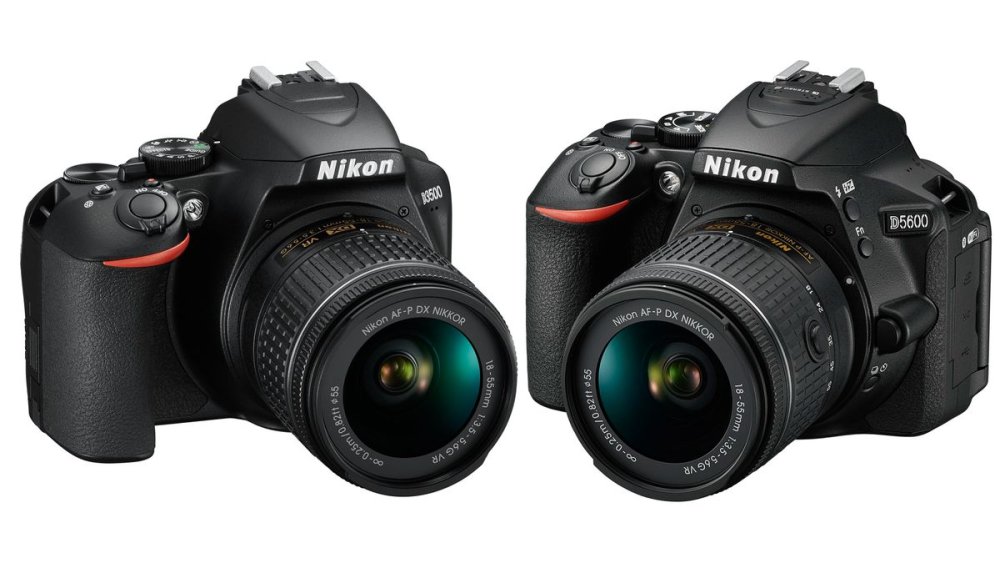
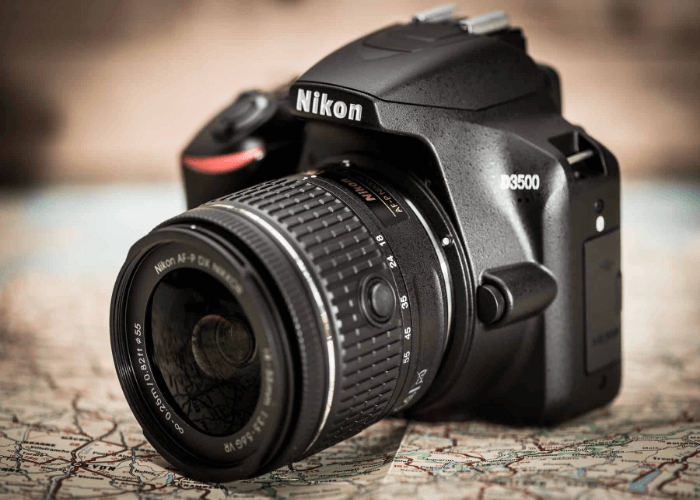
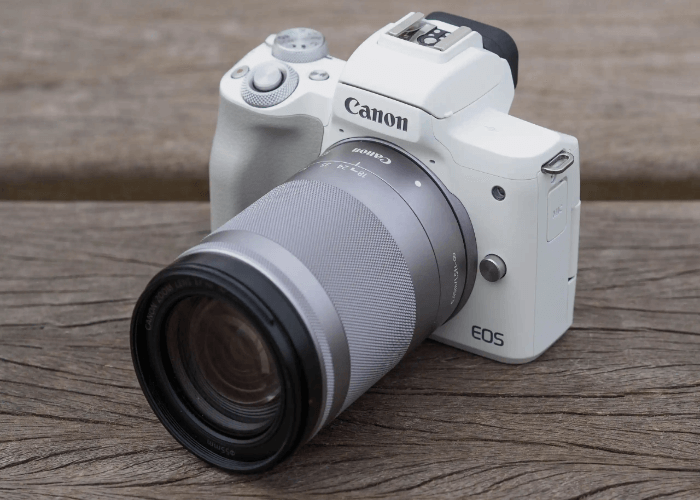
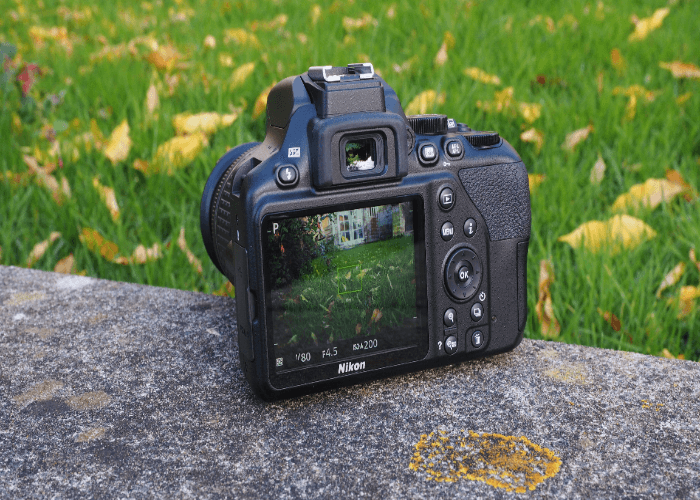
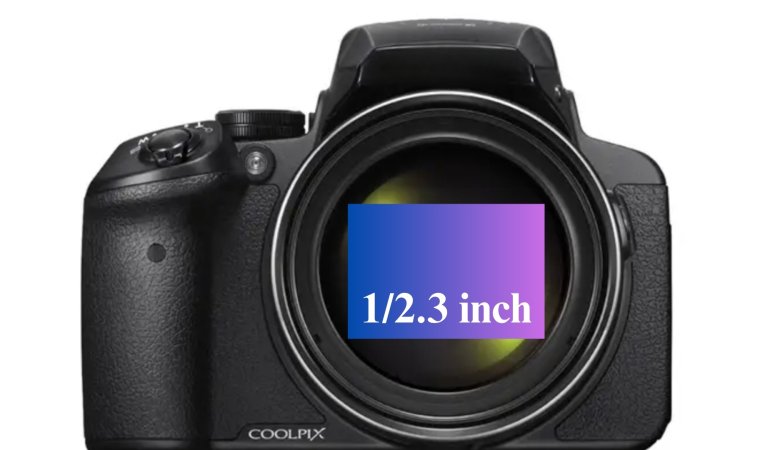
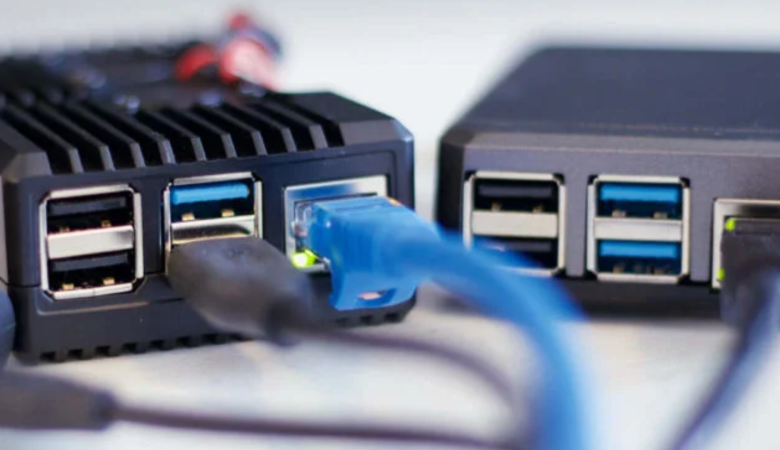
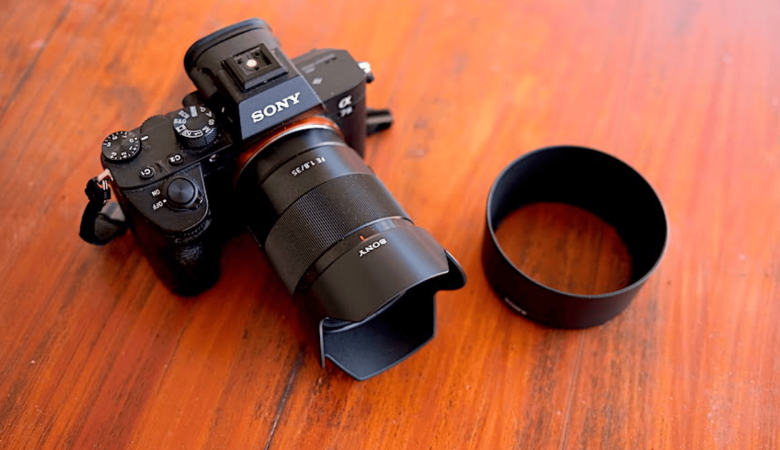
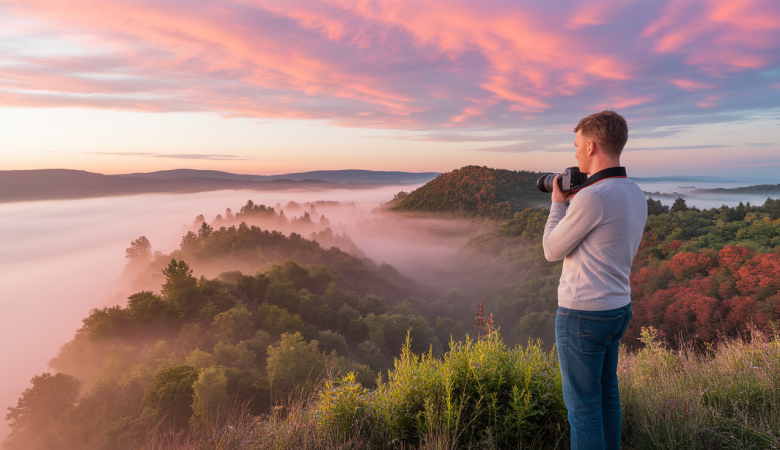
Leave a Reply